Popular Lacrosse Heads
See more Popular Lacrosse Heads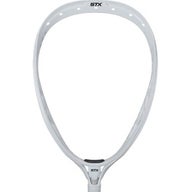
STX Eclipse 2
23 Available
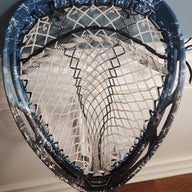
ECD Lacrosse Impact
10 Available

ECD Lacrosse Impact
10 Available
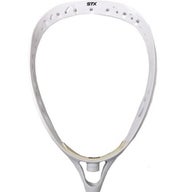
STX Eclipse
7 Available

Warrior Nemesis 3
12 Available
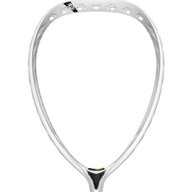
Warrior Nemesis 3
13 Available
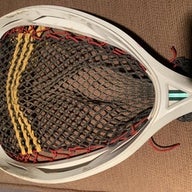
Warrior Nemesis
6 Available
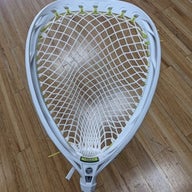
Warrior Nemesis QS
6 Available
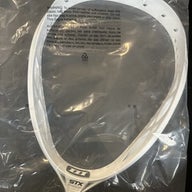
STX Eclipse 3
4 Available
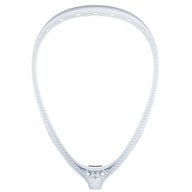
StringKing Mark 2G
5 Available
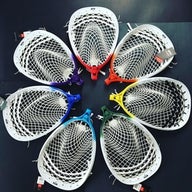
StringKing Mark 2G
5 Available

Nike Prime Elite
5 Available

STX Shield
10 Available
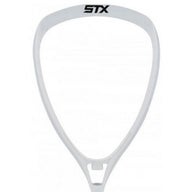
STX Shield
6 Available
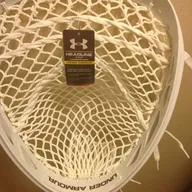
Under Armour Headline
6 Available
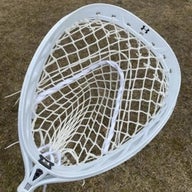
Under Armour Command G
4 Available

STX Eclipse 2
4 Available

Brine Eraser 2
1 Available
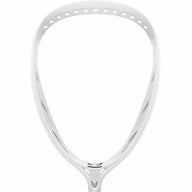
Brine Eraser 2
2 Available

STX Goalmaster
1 Available
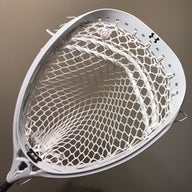
Under Armour Headline
4 Available
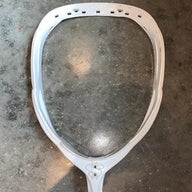
Brine Money
1 Available

Warrior Nemesis 2
1 Available

Warrior Nemesis
6 Available
Shop by Brand
STX Lacrosse HeadsSTXWarrior Lacrosse HeadsWarriorECD Lacrosse HeadsECD LacrosseBrine Lacrosse HeadsBrineNike Lacrosse HeadsNikeMaverik Lacrosse HeadsMaverikTrue Lacrosse HeadsTrue
96 Results
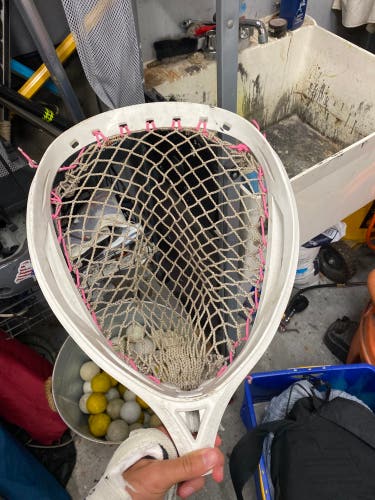
ryan_014

Bstano

tweb091
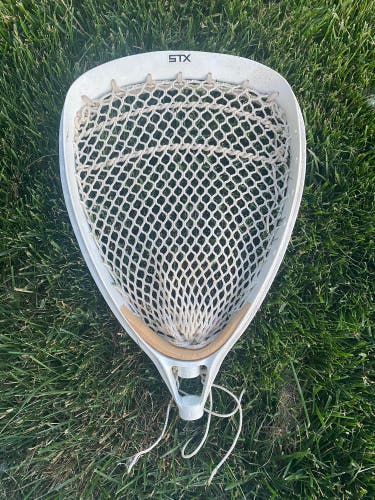
VintageLaxBrand

VintageLaxBrand
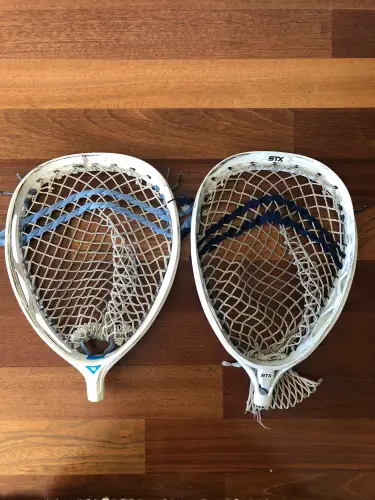
TWarne

Mere

ThePlayersCloset

QuickChange
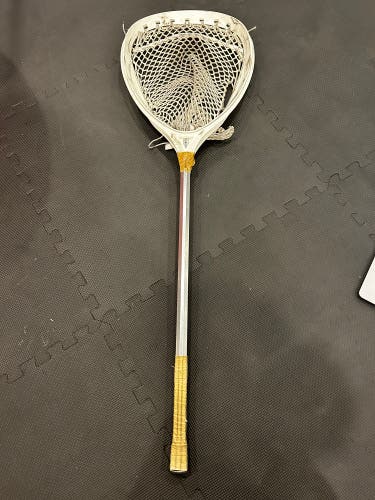
BBen750

Ricetom_10

48_strings

masonk_150
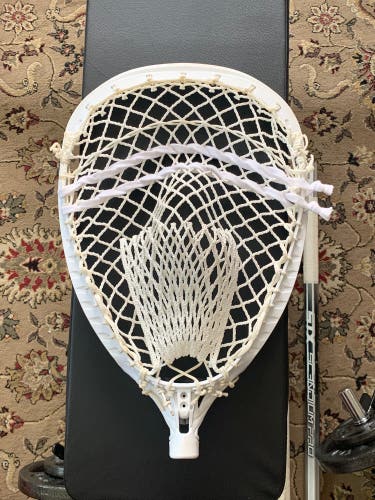
Jamesczar19

laxfanguy
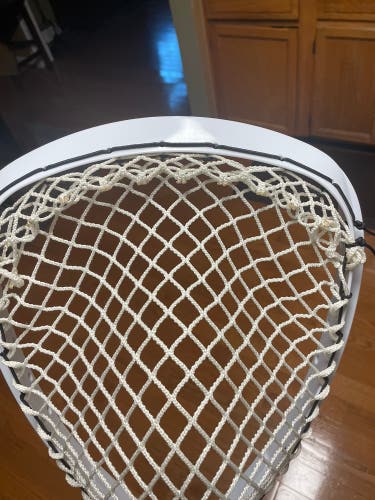
Baltnaplax
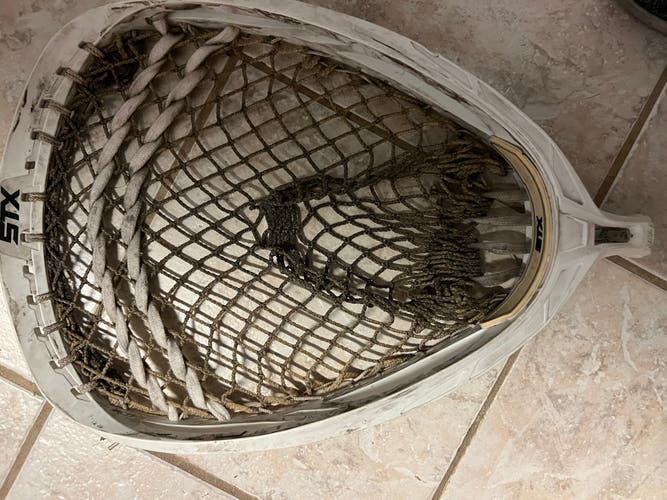
Sy8oy

Mere

coendlax
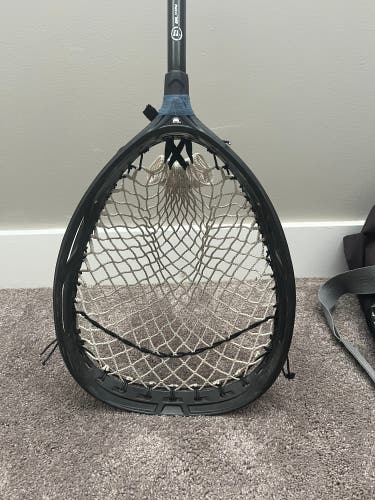
JJack376

StanMan64
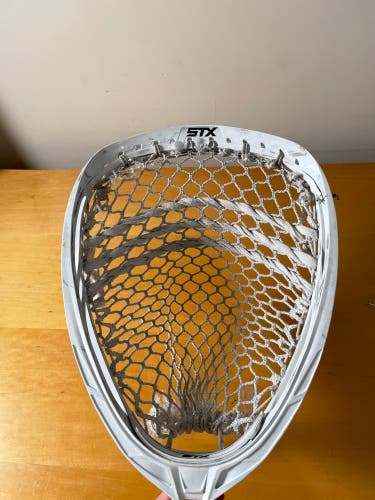
groundballs
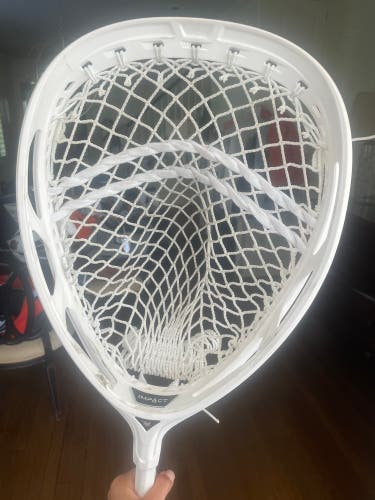
Tatepaulson50

Parker_Day

ThePlayersCloset

laxgoalie001
STX lacrosse goalie head strung
$40$4511%

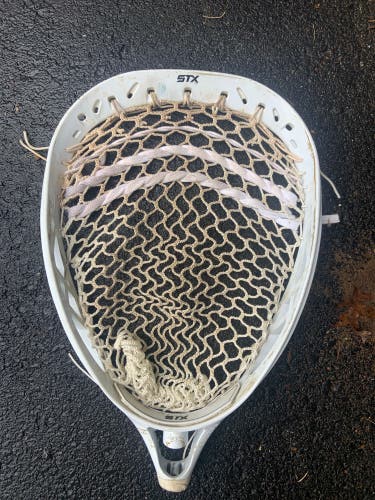
jzayas1226
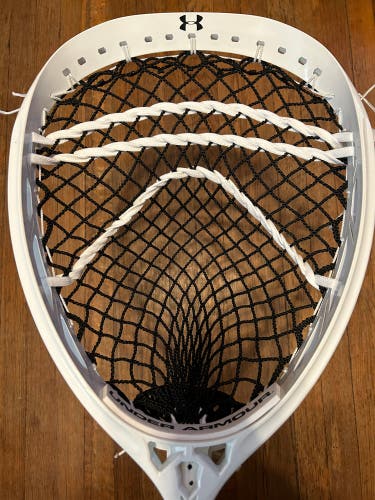
Tj0nes10
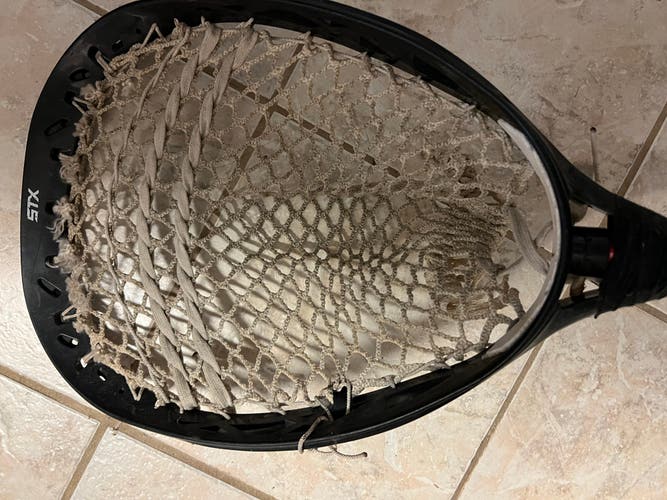
Sy8oy
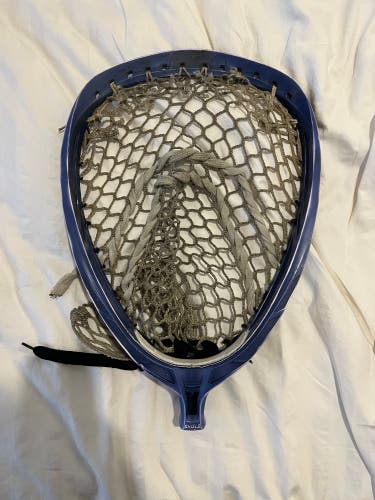
Seanconthedon123
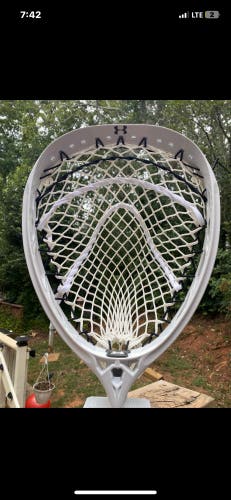
Stanner48

Jacksharma